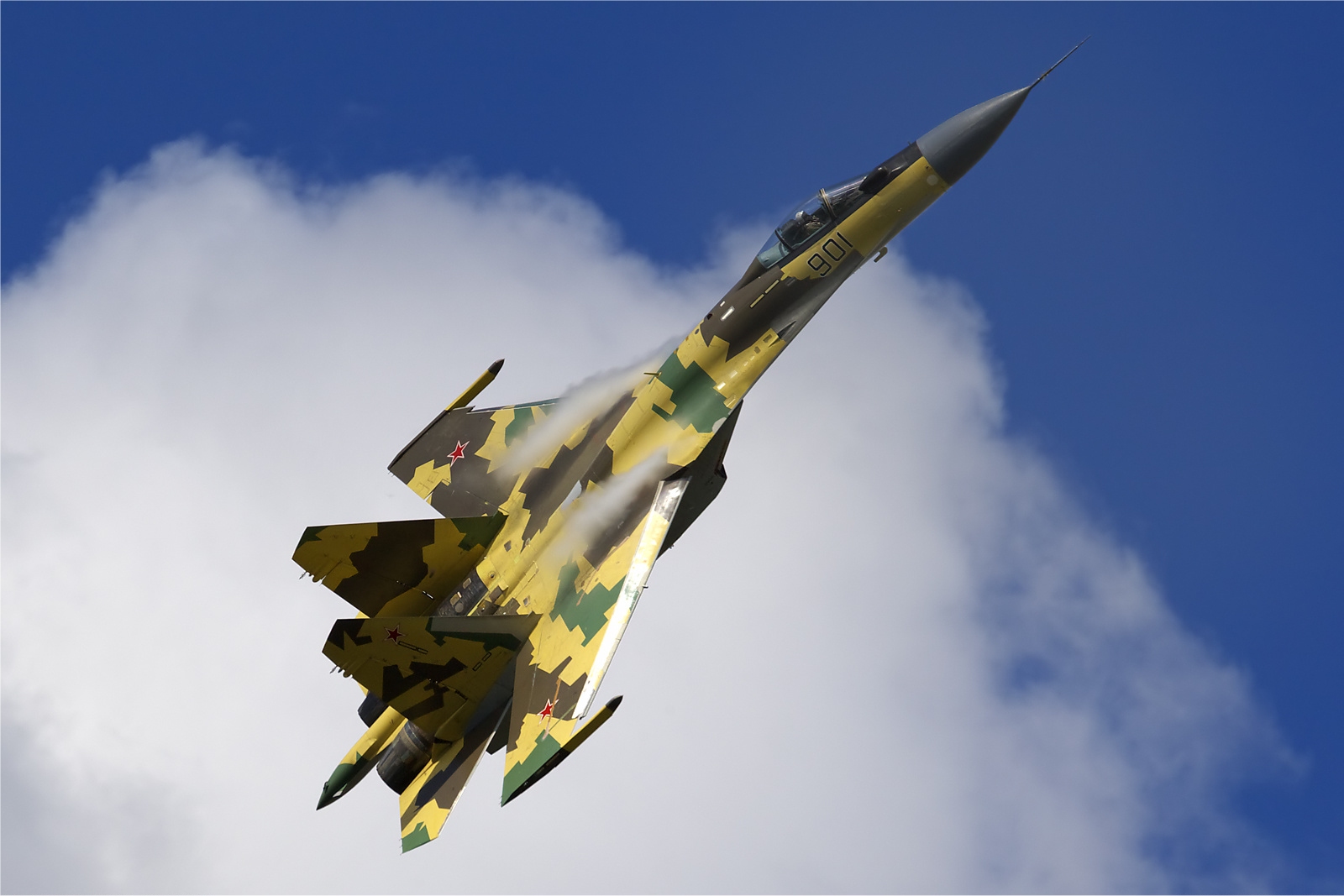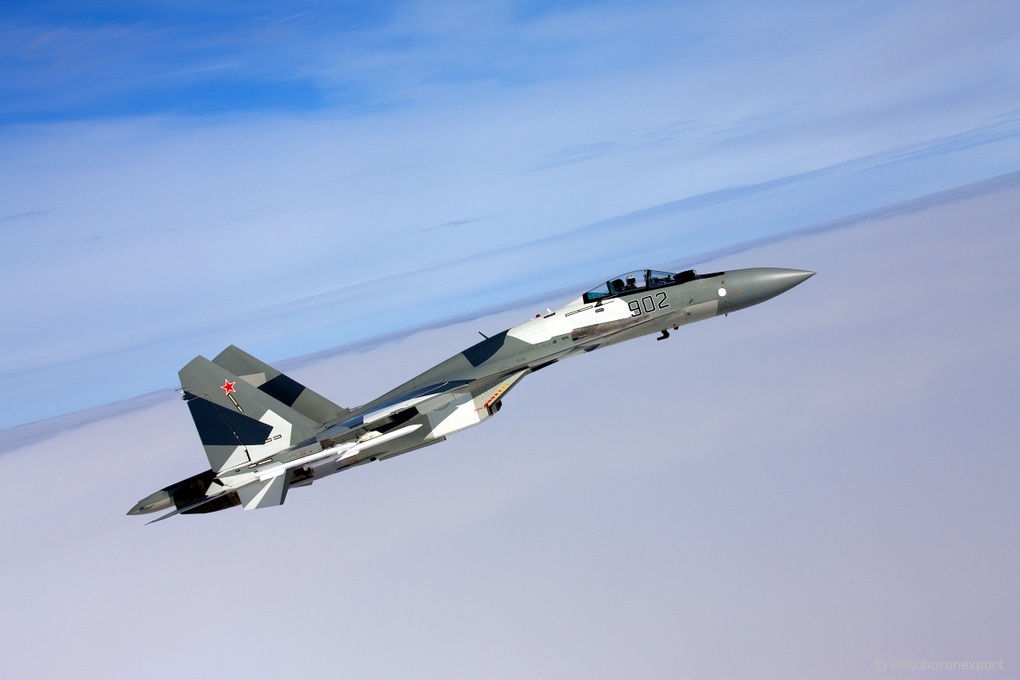The Sukhoi Su-35, often hailed as one of the most advanced fighter jets in the world, represents the pinnacle of Russian aerospace engineering and innovation. Designed as an evolution of the Su-27 Flanker, the Su-35 integrates cutting-edge technology with a proven airframe to deliver unmatched performance and versatility in modern aerial combat. This multi-role fighter jet has become a cornerstone of Russia’s air combat strategy and a formidable opponent on the global stage.

Origins and Development
The development of the Su-35 began in the early 2000s as an upgrade to the existing Su-27 family. The goal was to create a fighter jet that combined the strengths of its predecessors with new technologies and capabilities to meet the evolving demands of modern air combat. The Su-35 was designed to address the increasing sophistication of enemy aircraft and to provide superior performance in both air-to-air and air-to-ground roles.
The Su-35 made its maiden flight on February 19, 2008, and entered service with the Russian Air Force in 2014. It was developed by the Sukhoi Design Bureau, which has a long history of producing some of the most successful and capable fighter jets in aviation history.

Advanced Design and Performance
The Su-35 is powered by two AL-41F1S engines, which provide it with exceptional thrust and maneuverability. These engines feature advanced thrust-vectoring technology, allowing the Su-35 to perform complex aerial maneuvers with precision. The jet can achieve speeds of up to Mach 2.25 (approximately 1,500 mph or 2,400 km/h) and has a service ceiling of over 18,000 meters (59,000 feet). The advanced engines and aerodynamic design contribute to the Su-35’s superior performance in both dogfighting and long-range engagements.
One of the key features of the Su-35 is its advanced fly-by-wire flight control system, which enhances its agility and handling. The aircraft’s large wing area, combined with its thrust-vectoring engines, allows it to execute high-G turns and rapid directional changes with ease. This agility gives the Su-35 a significant advantage in close-quarters combat, where quick reflexes and superior maneuverability are crucial.
![]()
Avionics and Weaponry
The Su-35 is equipped with the Irbis-E radar, one of the most advanced radar systems in its class. The radar is an active electronically scanned array (AESA) system that provides excellent target detection and tracking capabilities. It can detect and track multiple targets simultaneously, allowing the Su-35 to engage several threats at once. The Irbis-E radar is complemented by an advanced electronic warfare (EW) suite, which provides the aircraft with enhanced situational awareness and the ability to counter enemy radar and missile systems.
In terms of armament, the Su-35 is a versatile platform capable of carrying a wide range of weapons. It features a 30mm GSh-30-1 cannon for close-in engagements and can be equipped with a variety of air-to-air missiles, including the R-77 (AA-12 Adder) and R-73 (AA-11 Archer). These missiles cover a broad spectrum of engagement ranges, from short-range dogfights to beyond-visual-range (BVR) combat. The Su-35 can also carry precision-guided munitions and other ordnance for air-to-ground missions, making it a formidable multi-role fighter.
Operational History and Global Impact
The Su-35 has been a significant asset for the Russian Air Force and has also attracted interest from several other countries. It has participated in various military exercises and operations, demonstrating its capabilities in diverse environments. The Su-35 has proven its effectiveness in combat scenarios, including its role in Syria, where it has conducted air superiority and ground attack missions.
Internationally, the Su-35 has been exported to several countries, including China and Indonesia. Its advanced capabilities and competitive pricing have made it an attractive option for nations looking to enhance their air combat capabilities.
Legacy and Future Prospects
The Su-35’s development has influenced the design of future Russian fighter jets and has set a high standard for performance and capability in modern air combat. Its advanced technology and versatility make it a valuable asset for the Russian military and a formidable competitor on the global stage.
As air combat continues to evolve, the Su-35 is expected to remain a key player in Russia’s air force and a benchmark for future fighter aircraft. The lessons learned from the Su-35’s design and performance will continue to shape the development of next-generation fighters, ensuring that the Su-35’s legacy endures in the ever-changing landscape of aerial warfare.
![]()
Conclusion
The Sukhoi Su-35 stands as a testament to Russia’s aerospace engineering prowess and a symbol of advanced air superiority. With its superior performance, cutting-edge technology, and versatile capabilities, the Su-35 has established itself as one of the premier fighter jets in the world. Its continued service and impact on modern air combat highlight the aircraft’s significance and enduring legacy in the field of aviation.





